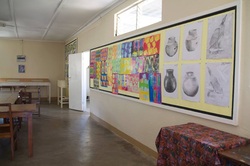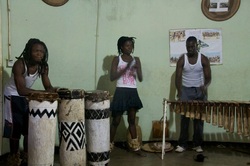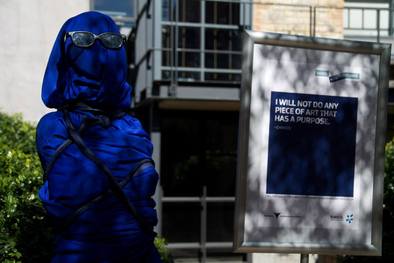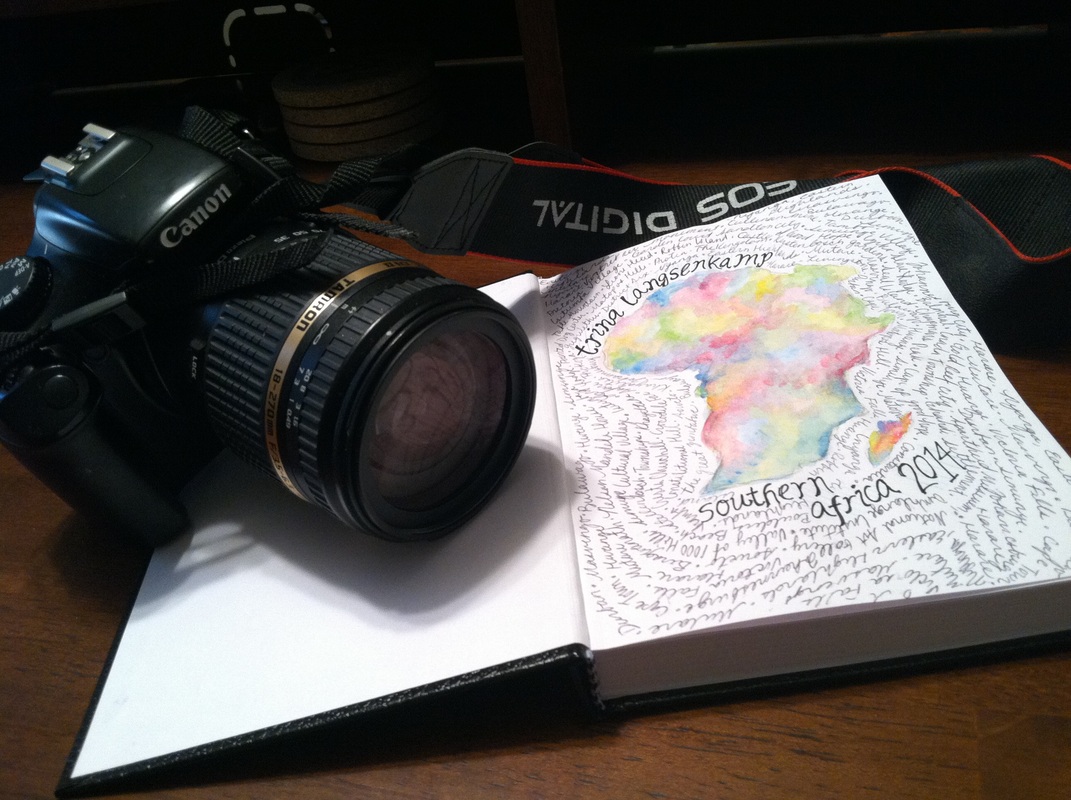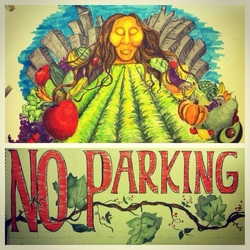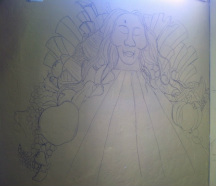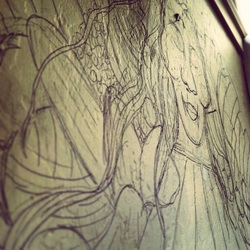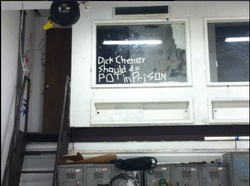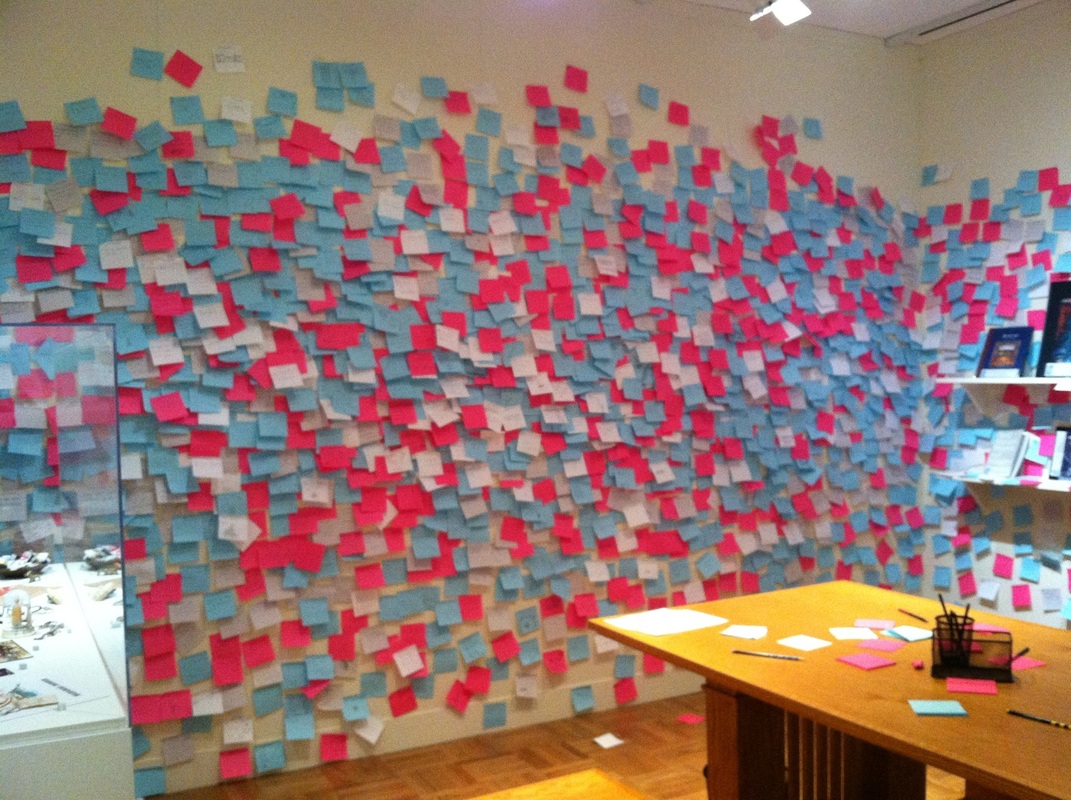This past semester has been filled with its usual share of ups, downs, bitter endings and new beginnings. One of these fresh starts was a new job as an education intern at the Urban Arts Space, a contemporary art gallery located in downtown Columbus. Part of my job includes writing lesson plans and organizing events and public programs designed for a range in ages and abilities. One of my favorite programs, Art Explorations, incorporates the current showings in the gallery to introduce children ages 4-11 to the world of contemporary art. Below, I've included a link to the lesson plan I wrote for the first program I taught in the gallery, which was based on the exhibition, Art in the Shadows.
ArtInTheShadowsLessonPlan.PDF
In this lesson, students learned about key elements of art and principles of design, and how they apply to the colorful, non-representational images of artist and pathologist Amy S. Joehin-Price, MD. Her photographs capture the rarely seen images of blood pathogens that create striking and undeniable patterns and beauty in the eye of the microscope.
Students then created their own masterpieces using four different watercolor techniques to explore the nonrepresentational qualities of line, rhythm, movement, color, pattern and texture. Finally, they come together to collaborate on making one large composition to hang in our gallery display window.
Since beginning this position in September, I have learned a ton, and am continuing to grow as both a student and a teacher. The above lesson was the first one I helped in planning, writing and teaching, and since then, I have ran many more programs in the gallery alongside the education team. Another memorable Art Explorations lesson was based off the work of sculptor Terry Allen and the commissioned piece, Scioto Lounge, where students drew up their own plans for public sculptures and even created their own miniature statues out of clay.
Below are some photos from Art Explorations and other programs I have assisted with throughout the semester, including our adult class, Crafternoons and community engagement events.
ArtInTheShadowsLessonPlan.PDF
In this lesson, students learned about key elements of art and principles of design, and how they apply to the colorful, non-representational images of artist and pathologist Amy S. Joehin-Price, MD. Her photographs capture the rarely seen images of blood pathogens that create striking and undeniable patterns and beauty in the eye of the microscope.
Students then created their own masterpieces using four different watercolor techniques to explore the nonrepresentational qualities of line, rhythm, movement, color, pattern and texture. Finally, they come together to collaborate on making one large composition to hang in our gallery display window.
Since beginning this position in September, I have learned a ton, and am continuing to grow as both a student and a teacher. The above lesson was the first one I helped in planning, writing and teaching, and since then, I have ran many more programs in the gallery alongside the education team. Another memorable Art Explorations lesson was based off the work of sculptor Terry Allen and the commissioned piece, Scioto Lounge, where students drew up their own plans for public sculptures and even created their own miniature statues out of clay.
Below are some photos from Art Explorations and other programs I have assisted with throughout the semester, including our adult class, Crafternoons and community engagement events.

